Since the first conquest of Mount Everest in 1953, the number of climbers setting foot on the roof of the world by 2022 is more than 11,000.
In 1992, Nepalese climber Kami Rita first conquered Mount Everest. He had to walk for nearly a month to reach Everest Base Camp. This is the base camp, the first stop on the journey to conquer Mount Everest, located at an altitude of about 5,000 m.
At the time, there were no flights to Lukla, the small town in northeastern Nepal that is now the starting point for the Everest Base Camp expedition to the world’s highest peak. Kami Rita said his team had to trek for several weeks on a trail from the town of Jiri, about 120 miles (190 kilometers) from Lukla, and another 37 miles (60 kilometers) to reach base camp. There were hardly any hotels or restaurants along the trail. The expedition members had to cook their own meals using kerosene and feed on local livestock. The expeditions back then typically took up to 90 days of walking.
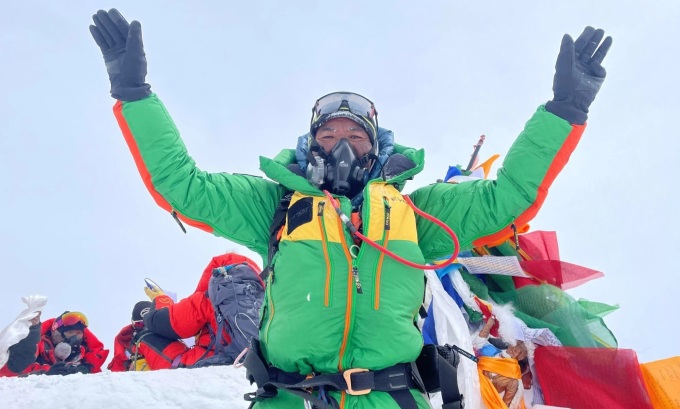
Kami-Rita, a 53-year-old Nepalese climber, has successfully conquered Mount Everest 28 times. Photo: Reuters.
Today, climbers can fly from Kathmandu, Nepal, to Lukla Airport, then hike 62 kilometers to Everest Base Camp. The commercialization of the mountaineering industry, as tour companies flock to Everest, has made conquering the world's highest peak easier. However, services at the world's highest point cost hundreds of thousands of dollars, equivalent to billions of dong, and not all visitors can afford it.
Currently, climbers using package services have to pay an average of 40,000 USD, about 950,000 million VND, for each expedition, including permit fees, guide fees, food, accommodation and local service fees.
The Nepalese government charges $11,000 for a permit to climb Mount Everest from its side of the border, while China charges a higher fee for a permit to climb Mount Everest from Tibet.
Everest climbing companies design different packages, the higher the cost, the more convenient the service. The cost of a VVIP package trip can be up to 100,000 USD. The trip includes a private chef, luxury accommodation, a helicopter on standby during the day, multiple assistants, in addition to a photographer and a porter for luggage up to 200 kg.
There are dozens of flights to Lukla every day. Services are becoming more and more complete, with a series of hotels and restaurants springing up, and helicopters always ready for rescue. "Everest expeditions these days rarely last longer than 45 days," said climber Kami Rita.
Services at the stops along the Everest climb have also developed more than before. Kathmandu city today is a tourist destination with full shops and hotels from budget to 5-star. Everest base camp at an altitude of over 5,000 m also has full services from comfortable accommodation, shops, Internet and the center of the capital of Nepal.
Despite the high cost, Everest expeditions today attract many climbers. In the first three decades after the first successful ascent by Tenzing Norgay and Edmund Hillary in May 1953, only 158 people, including 30 guides, successfully reached the summit. By 2022, the number of ascents to the summit had increased to 11,340, including 5,721 by Sherpas (Everest guides) from Nepal and China.
Sherpas and adventure tour companies say Everest attracts sports enthusiasts who are not afraid to conquer challenges. In addition, some people come because of the mountain's illustrious reputation. For digital content creators in the travel sector, climbing Everest is also a way to sell content and earn advertising. Successfully conquering Everest is an achievement that many climbers aim for.
Everest has been hotter in recent years, with more climbers and more frequent traffic jams near the summit. Nepal's tourism ministry said it had granted permits to 325 climbers for 2022. By May 2023, that number had risen to 478.
Khimlal Gautam, a mountaineer who served as a liaison officer for Everest operations, said that more climbers are accessing Everest because expedition companies are designing safer, better-planned trips than they were years ago. Everest expedition services are likely to grow further in the future.
The growing demand for high-end services has led to a shortage of Sherpas, the experienced local guides who lead treks up Mount Everest.
"In the past, expedition companies only hired professional mountain guides. Today, the labor shortage is so severe that they have to book guides six months in advance and use locals with no experience climbing Everest," said Kami Rita, a Sherpa in Nepal who has conquered Everest 28 times.
The South China Morning Post surveyed four Sherpas in Nepal and said that each local guide currently earns between $3,780 and $11,340 per season, depending on experience. Many Sherpas say this figure is not commensurate with the dangerous job of guiding climbers to conquer the world's highest mountain.
"In the early days of working as tour guides, we could not even earn a few thousand rupees (equivalent to a few hundred thousand VND). About 20 years ago, that small amount of money was more valuable and we could do a lot with it. Nowadays, we can earn more than a million rupees (more than 400 million VND), but the currency has fallen, the income is just enough to cover living expenses," Kami Rita said.
The increasing number of visitors to Everest is a good sign for Nepalese tourism, but there are also many dark sides. Local people have jobs thanks to the work of porters and guides for climbers. But the risks of this job are always lurking, many people even die on the way to the top of Everest. The reasons come from many factors such as oxygen depletion, natural disasters such as avalanches and icebergs.
According to the Himalayan database, 299 climbers, including 113 Sherpas, died on Everest expeditions between 1953 and 2022. The first official ascent of the world's highest peak was in 1953. Some data suggests that many Sherpas may have died in previous years while trying to reach the summit of Everest.
In 1924, British climber George Mallory disappeared near the summit and his body was not found until 1999.
The growth of tourism has also brought with it a host of environmental issues. Gautam, who served on a Nepal government commission to improve expeditions, stressed the need for better regulations in mountaineering to improve safety and protect Everest and other mountains from pollution and climate change, which can cause natural disasters.
Bich Phuong (According to SCMP )
The first Vietnamese woman to conquer Mount Everest, Nepal will relocate Everest Base Camp, Nepal bans tourists from hiking alone




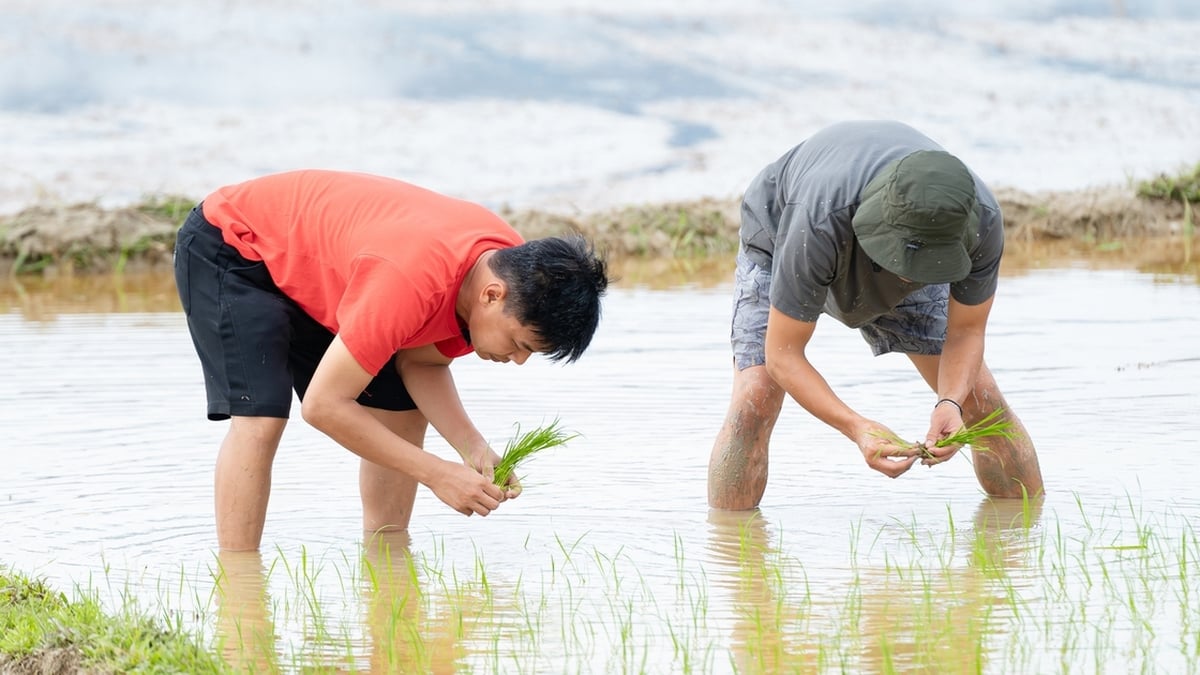

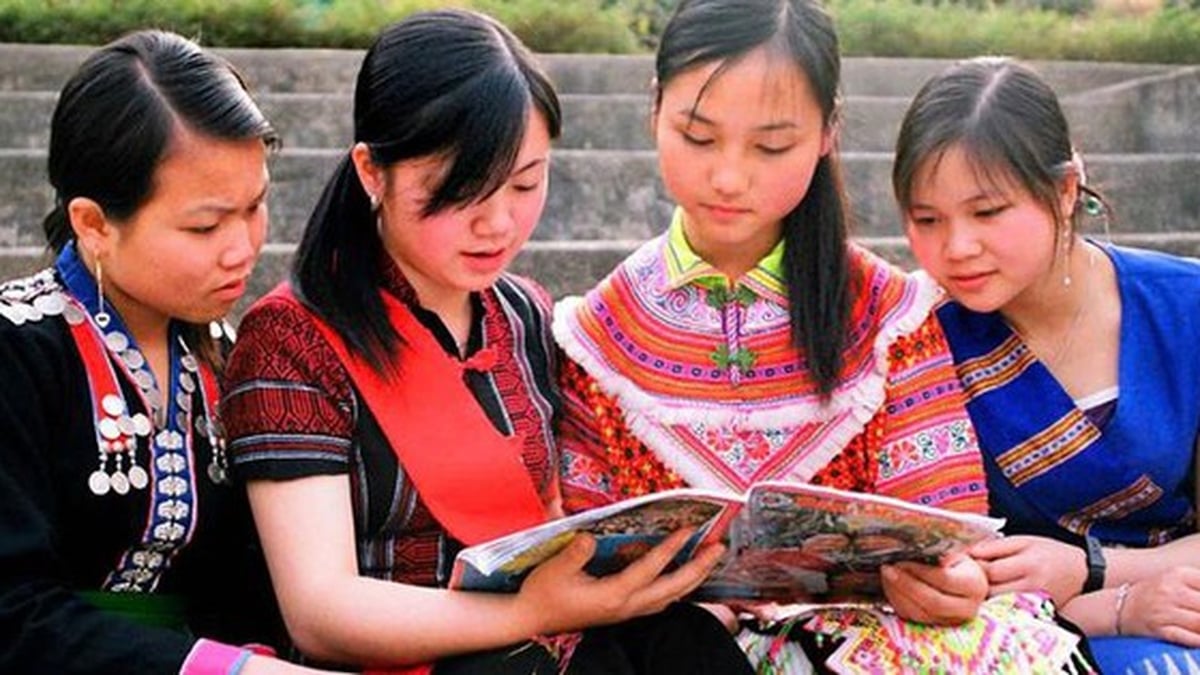



















![[Photo] National Assembly Chairman attends the seminar "Building and operating an international financial center and recommendations for Vietnam"](https://vphoto.vietnam.vn/thumb/1200x675/vietnam/resource/IMAGE/2025/7/28/76393436936e457db31ec84433289f72)

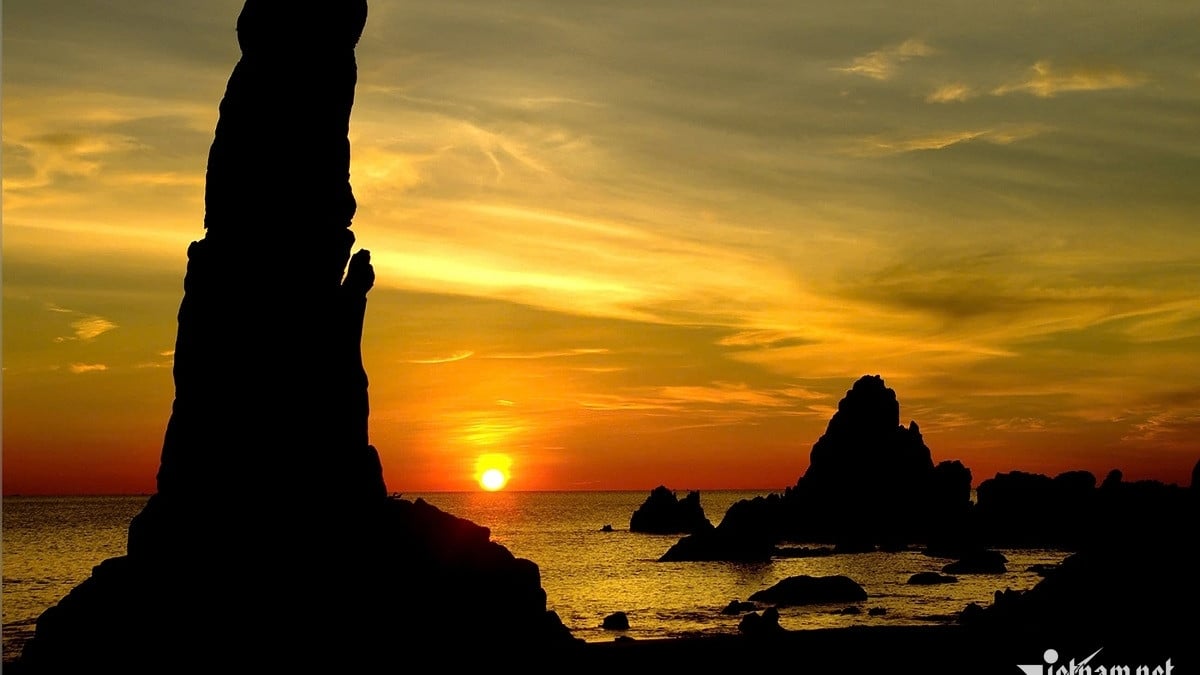


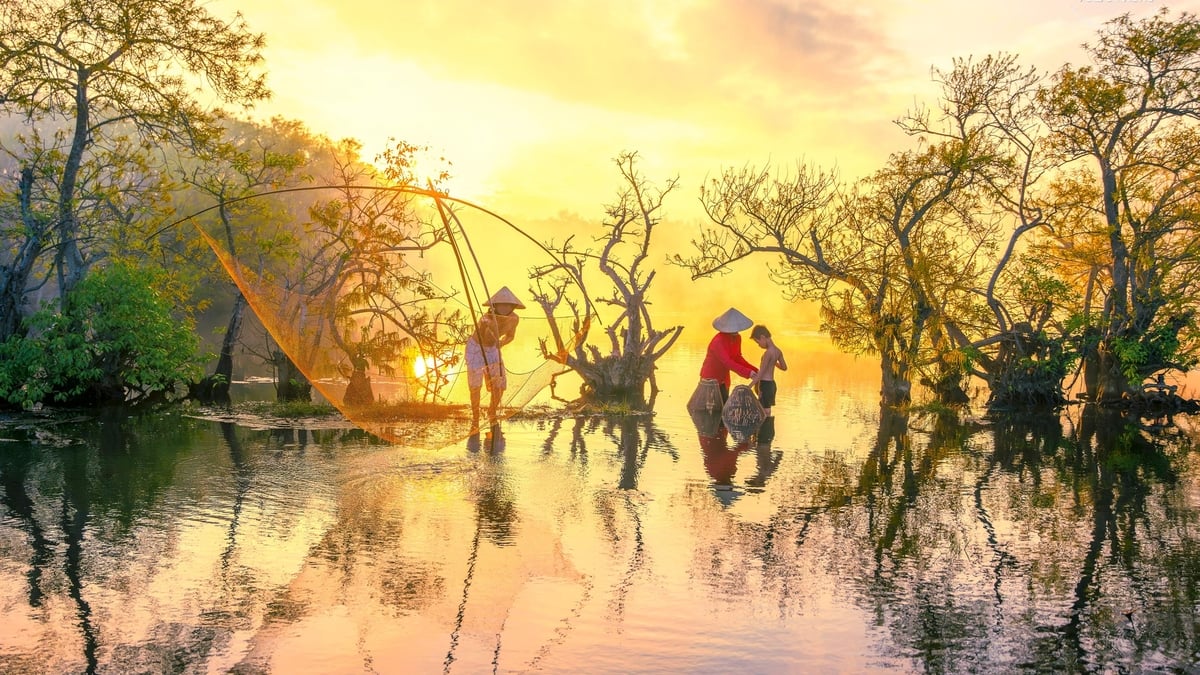
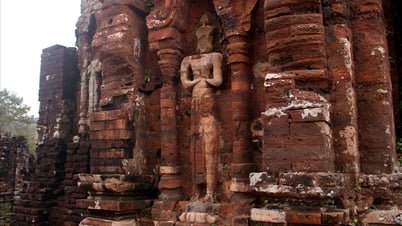



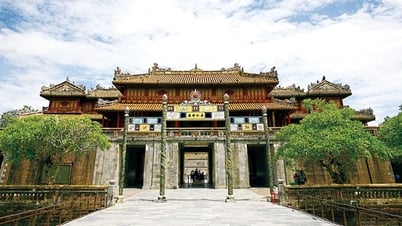




























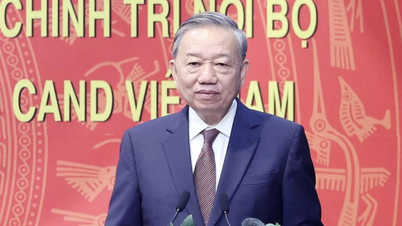








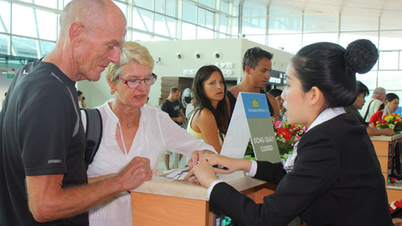
























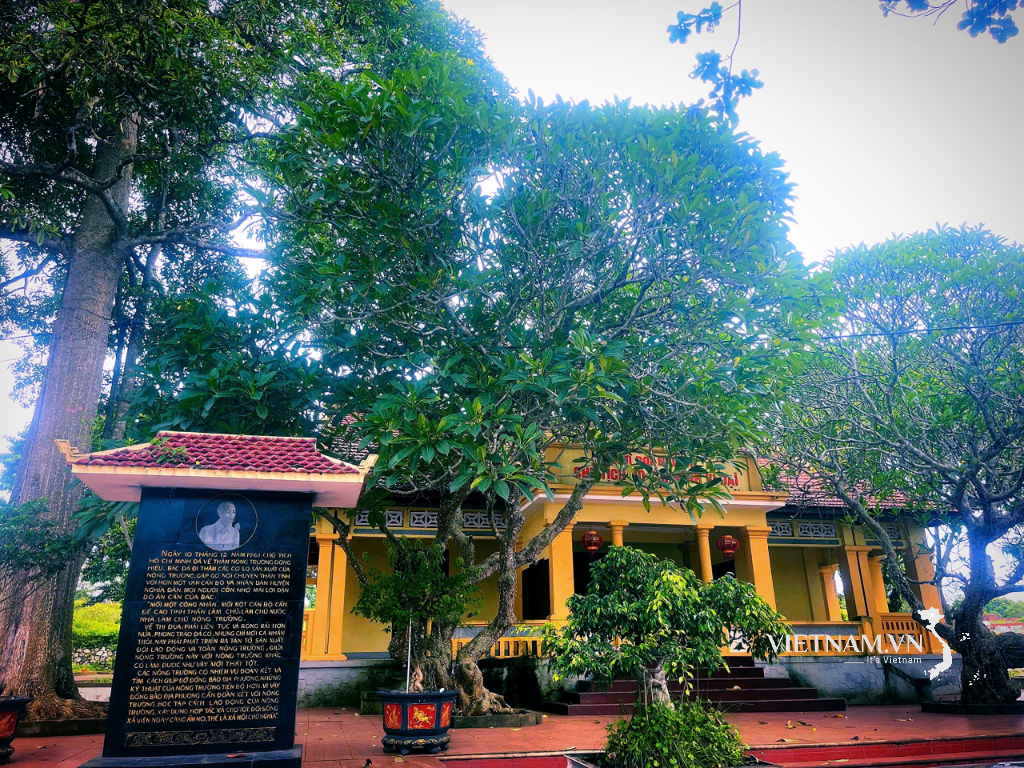

Comment (0)